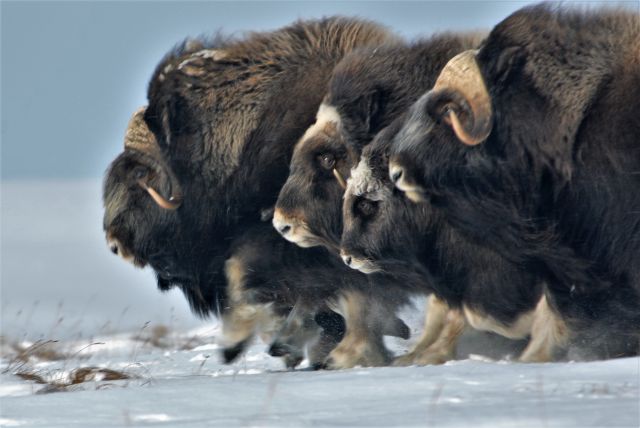Greetings! Here are some things I’ve been up to…
Charles Darwin warned that studying the origin of species wouldn’t be easy. When we look around at distinct species alive today, we’re looking at the tips of evolutionary branches that reach back thousands or millions of years. But sometimes scientists catch a break. Today in the New York Times, I write about a species of crayfish that leaped into existence thanks to a single mutation about 25 years ago. And ever since, it’s been spreading like wildfire. Continue reading “Friday’s Elk, February 5, 2018”
